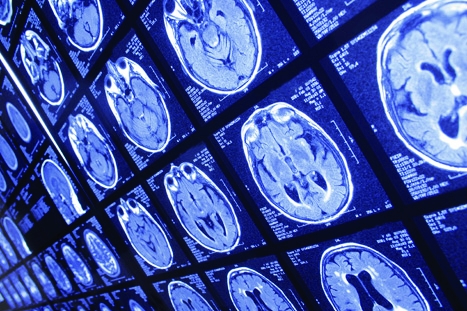Electrode implants elucidate whole-brain map of electrical connectivity
Neuroscientists have constructed the first whole-brain map of electrical connectivity based on data from nearly 300 neurosurgical patients with electrodes implanted directly on the brain.


The researchers from the University of Pennsylvania found that low-frequency rhythms of brain activity, when brain waves move up and down slowly, primarily drive communication between the frontal, temporal and medial temporal lobes, key brain regions that engage during memory processing.
The research, part of the Restoring Active Memory (RAM) project, was conducted by Michael Kahana, Penn professor of psychology and principal investigator of the Defense Advanced Research Projects Agency's RAM program; Ethan Solomon, an M.D./Ph.D. student in the Department of Bioengineering; and Daniel Rizzuto, director of cognitive neuromodulation at Penn. They published their findings in Nature Communications.
This work is said to show the way different regions of the brain communicate during cognitive processes like memory formation. Previous have examined brain networks using non-invasive tools like functional MRI, but observations of large-scale networks using direct human-brain recordings have been difficult to secure because these data can only come from neurosurgical patients.
Register now to continue reading
Thanks for visiting The Engineer. You’ve now reached your monthly limit of news stories. Register for free to unlock unlimited access to all of our news coverage, as well as premium content including opinion, in-depth features and special reports.
Benefits of registering
-
In-depth insights and coverage of key emerging trends
-
Unrestricted access to special reports throughout the year
-
Daily technology news delivered straight to your inbox










UK Enters ‘Golden Age of Nuclear’
The delay (nearly 8 years) in getting approval for the Rolls-Royce SMR is most worrying. Signifies a torpid and expensive system that is quite onerous...